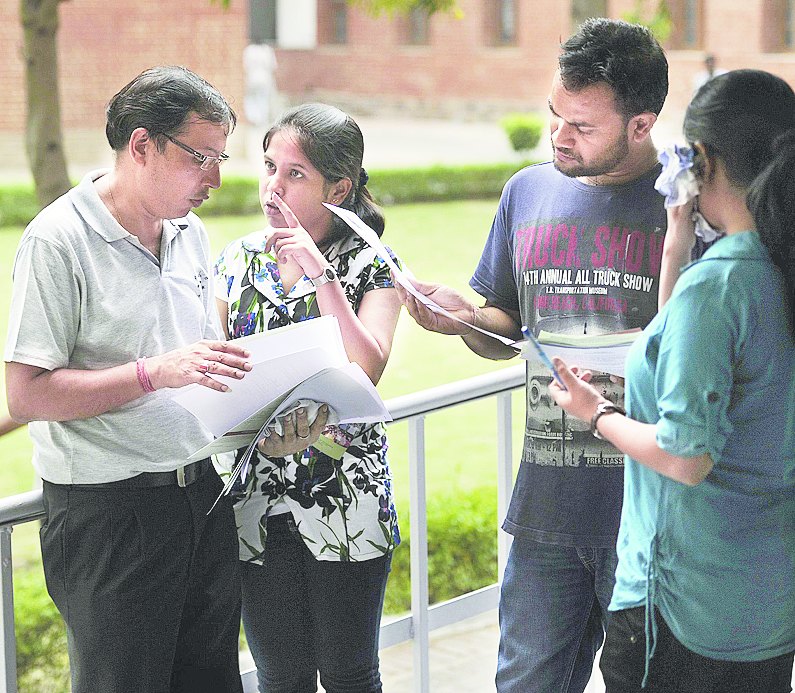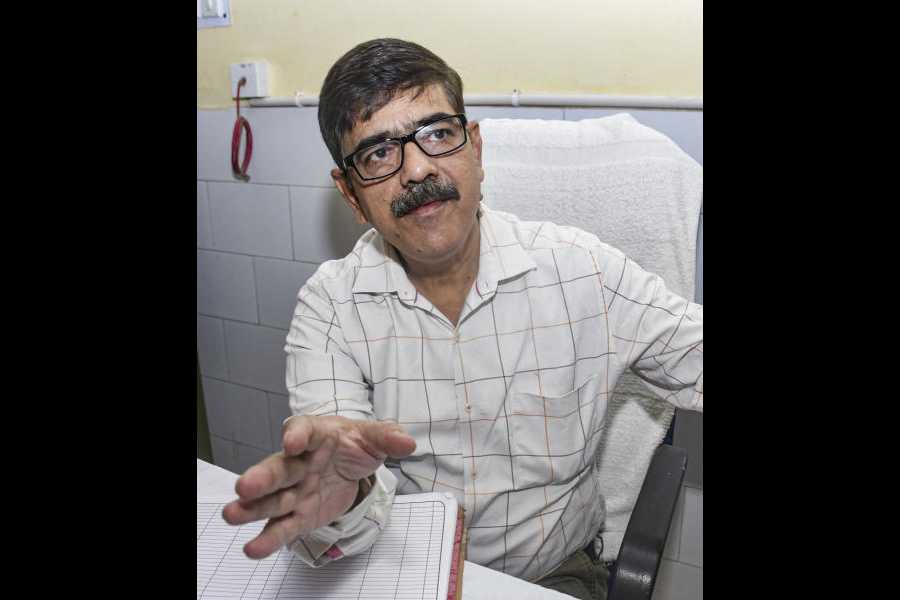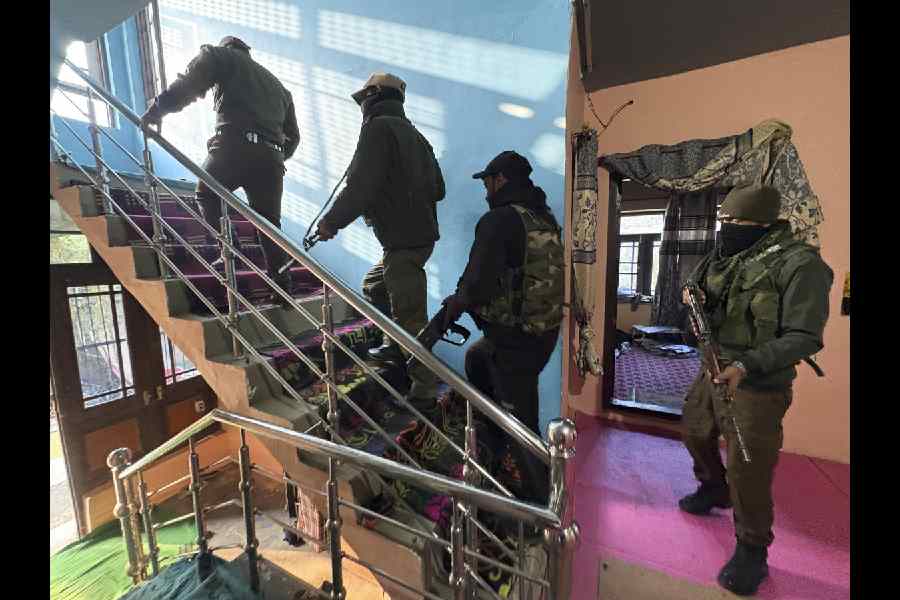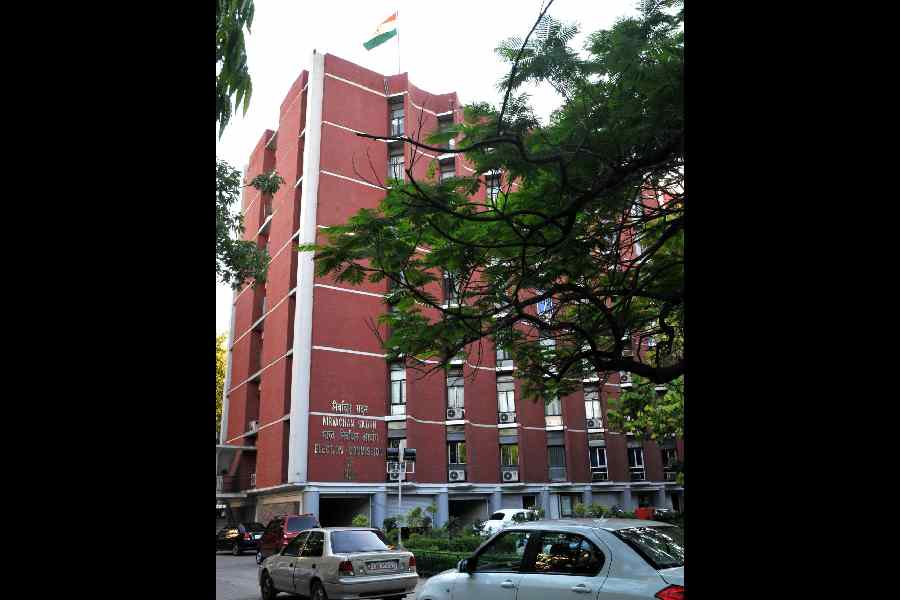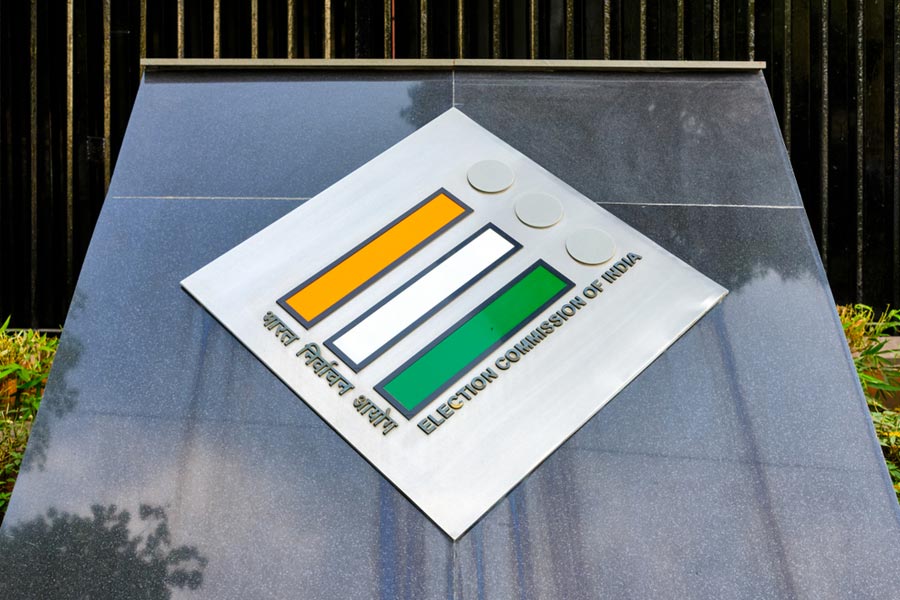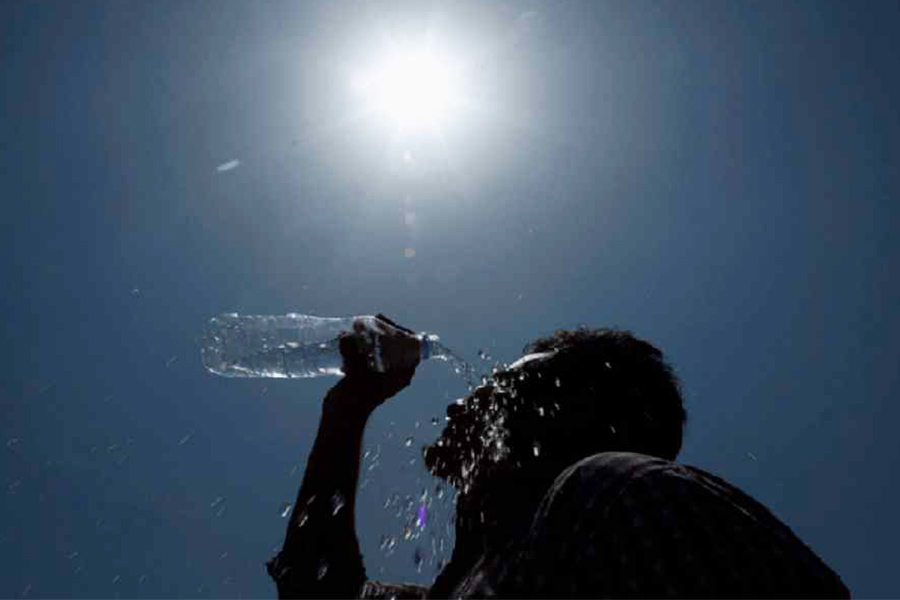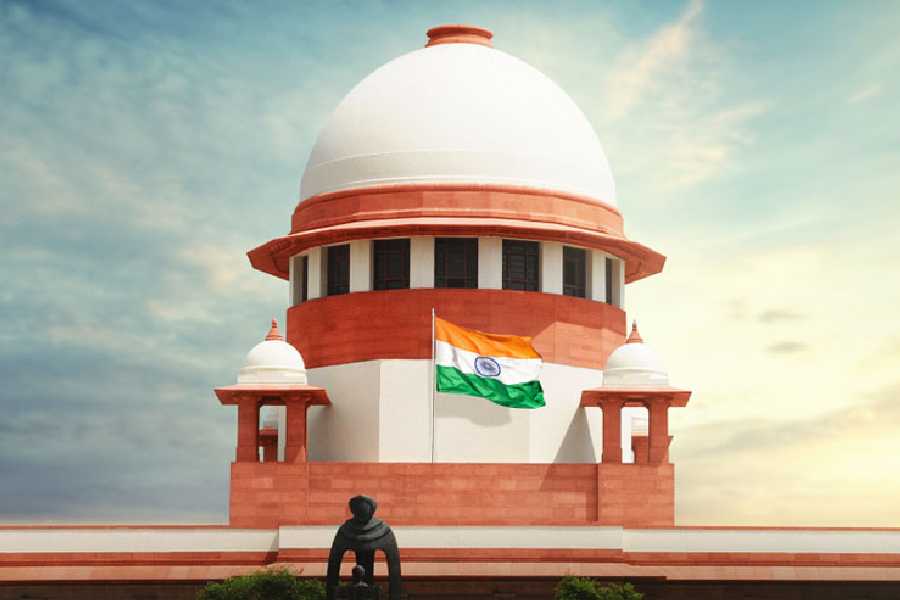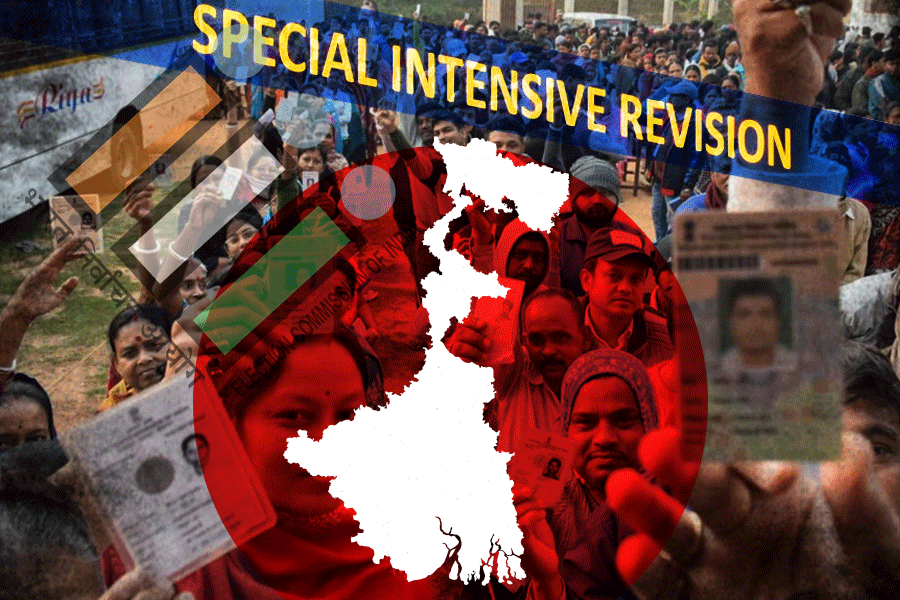
India-watching from the West is seldom very cheerful. Rarely, however, does current reality live up to literary anticipation. The battering of our currency is one such instance, recalling Miss Prism's warning that "the chapter on the Fall of the Rupee" in Cecily's political economy syllabus is "somewhat too sensational" and should be skipped. "Even these metallic problems have their melodramatic side."
Another disturbing disclosure emerged the day the rupee plummeted to a historic low. Reading Admiral Jayant Nadkarni's belated obituary in London's Daily Telegraph newspaper of September 5, I came upon this shameful explanation of why he didn't remain head of the Jawaharlal Nehru Port Trust, India's largest container port. "... [W]hen the financier Ram Narain Malhotra, who had been recalled from the World Bank to take over the Reserve Bank of India, wanted the JNPT appointment for his wife, Nadkarni was given an extension to become Chief of Naval Staff (CNS) in 1987." Similar reports preceded Kamalesh Sharma's appointment in 2008 as the Commonwealth's first Indian secretary-general.
Now, the Majerhat bridge collapse recalls something Bachi Karkaria wrote about the city's public works when she lived in Calcutta. Two details remain engraved in memory, probably because they were so outlandish even 30 years ago. The first was that there were no up-to-date maps of Calcutta's underground pipes. None had been drawn since the British left although an ever-increasing population and rapid building had meant more and more pipes being laid and the very real danger of confusion among sewage, water and electrical wiring. Her second revelation exposed the dishonesty that underlies everything in India and may have played some part in the bridge disaster.
Apparently, it's customary when a road is laid or repaired for an inspector to measure the depth of the tarmac poured on the layer of broken stones to create a smooth surface for vehicular traffic. The practice goes back to 1901 when Edgar Hooley, an English surveyor, noticed a stretch of road close to an ironworks that was smoother than the rest. Asking around, he was told a barrel of tar had fallen from a dray and burst open. Someone had poured waste slag from the nearby furnace to cover up the mess, which had solidified so that the road didn't suffer from rutting or dust. We still use the tarmac Hooley patented but it has to be spread evenly. That's where scope arises for Indian ingenuity to exploit Western invention. In Karkaria's report, inspectors who were hand in glove with road layers sunk their measuring instruments only in predetermined spots where the tarmac went down to an acceptable depth. The relatively small bribe the inspector pocketed was at the cost of likely accidents that could kill many people.
It's the same in every walk of life. Whether it's Ashwathama hatha, iti gaja or stealing the churned nectar of the ocean bed, corners are for cutting. The 1983 scandal of beef tallow in vanaspati had a much older precedent involving up-country businessmen who monopolized Calcutta's ghee trade. Much of the stuff was untouchable fat that would oblige genuine gau-rakshaks - not thugs in saffron - to run to the Ganges. Experts from Benares advised costly and elaborate purification ceremonies, and Lord Ronaldshay, Bengal's governor, noted the "electrifying" spectacle of nearly 5,000 Brahmins frantically cleansing themselves by the Hooghly.
During his stint as West Bengal's vigilance commissioner, Subimal Dutt of the ICS described how even the modest toll charged on the old Willingdon Bridge was stolen through a complicated system of concealment and falsification. He lamented that the ingenuity needed for the operation could have been put to constructive use. Dutt's report used the phrase, "speed money", which, he said, had become a way of life in India. It still is.
A patch of weak surfacing or a missing screw can lead to a tragedy like the Ultadanga flyover crash in March 2013, seemingly under the weight of a single goods truck. The Vivekananda Road flyover collapsed three years later even while being built, raising fundamental questions about design, construction, quality of materials, worker training and experience, supervision, and number of hours devoted to the job. The official claim of 27 killed and 60 injured was received with scepticism. A death toll of three in the Majerhat disaster with 27 injured similarly strains credulity.
We are now told that Mamata Banerjee will herself chair a high-level commission to investigate these mishaps. In the past, she has been criticized for passing the blame on to her Left-Front predecessor, ignoring warnings and for not implementing the proposals of an experts' team from the Indian Institute of Technology, Kharagpur. None of this can be defended. But even if every report and recommendation had been acted on, execution would still be at the mercy of those who fudge the depth of the tarmac, cheat on nuts and bolts, mix sand with cement and line the pockets of favoured contractors by turning Calcutta into a cheaply glittering funfair whose tawdry lights are already falling to pieces.
It's like mixing lentils with carefully matched stones of the appropriate colour and size, painting wild berries red to resemble cherries, or selling cat and dog flesh for human consumption, prompting the Hotel & Restaurants Association of Eastern India to advise members to buy meat only from registered suppliers. None of this is unique to Calcutta. Bombay's Andheri railway bridge collapsed in July, killing one and injuring several, six months after an audit. At least six people were injured last year when a concrete bridge linking Chamba in Himachal Pradesh with Pathankot in Punjab broke down. Cinemas have gone up in flames, condominiums tumbled, and ferryboats sunk. The British may have built roads, railways, bridges and canals for their own administrative convenience but they left independent India with a sound inheritance that is being steadily squandered. The names of the hoarders responsible for the 1943 Bengal famine were once household words but have been banished from memory in the anxiety to blame Britain for the tragedy.
Who knows what is in store for Howrah Bridge. Other bridges suffer corrosion from bird droppings but this must be the only one to be damaged by human spitting. The acidic lime-mixed stimulants used in gutkha and paan have reduced the thickness of the steel hoods protecting the bridge's supporting pillars from six to under three millimetres. The base of each steel pillar is being covered with fibreglass casing as protection against corrosion but there's ample scope for cheating in the quality and thickness of the fibreglass and in the means of fixing the casing.
It's not apathy that causes these abuses but the unchecked criminal activities of those who are charged with protecting the State. Elsewhere, politicians and bureaucrats are a check on each other. Here, they are united in looting the country, aided by the police. The rupee's current plight mocks Narendra Modi's earlier jibes against Manmohan Singh. Matters will only worsen as dependence on oil imports, the lust for gold, and grandiose plans to spend Rs 16,000 crore on defence equipment, allegedly to counter terrorism, intensify the demand for dollars. It is calculated that imports will cost an additional $700 million to $900 million if the oil price goes up by a single dollar. As the crisis of the early 1900s showed, help can't be expected from rich expatriates who wouldn't be where they are if they did not prefer high-yielding US bonds to desi investment. Only Gulf workers with no alternative to repatriating their savings will continue to invest in India.
Hard times lie ahead. Google informs me that 25-paise coins and those of even smaller denomination are no longer legal tender. We will deal only in the crumbling rupee. There could be no clearer intimation of roaring inflation.

